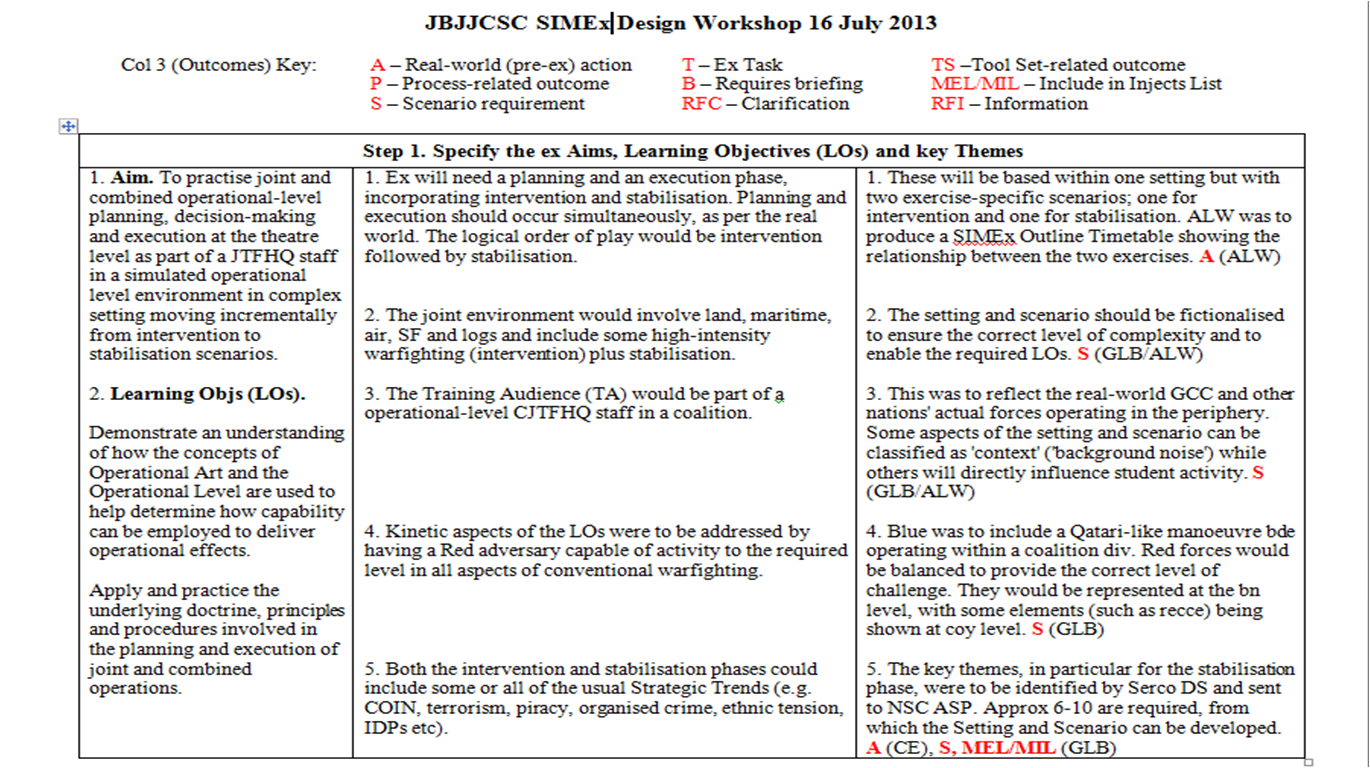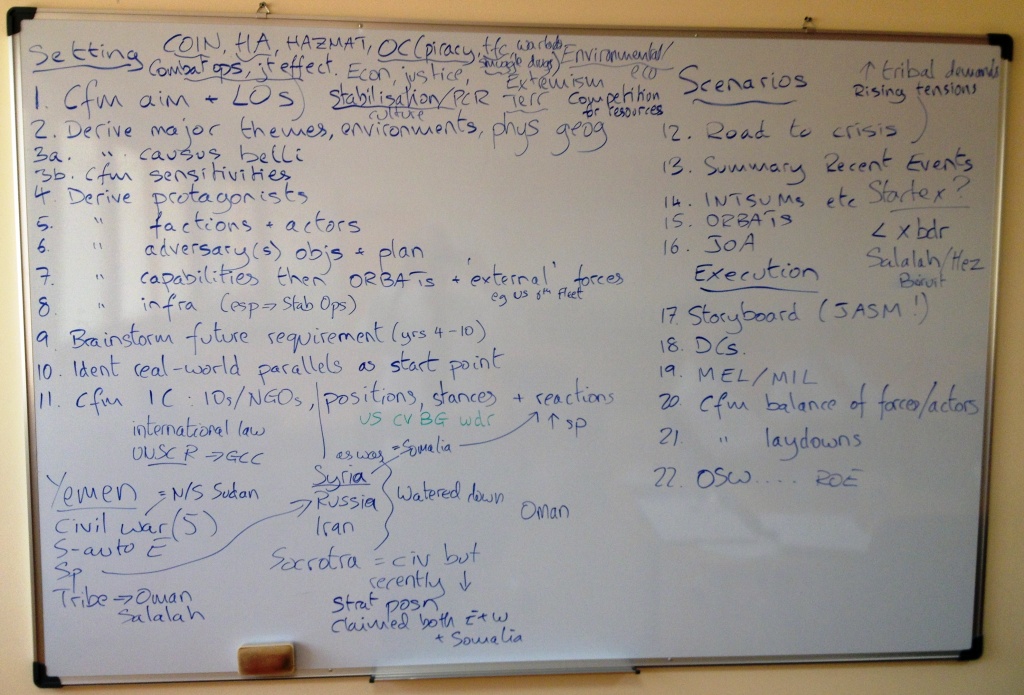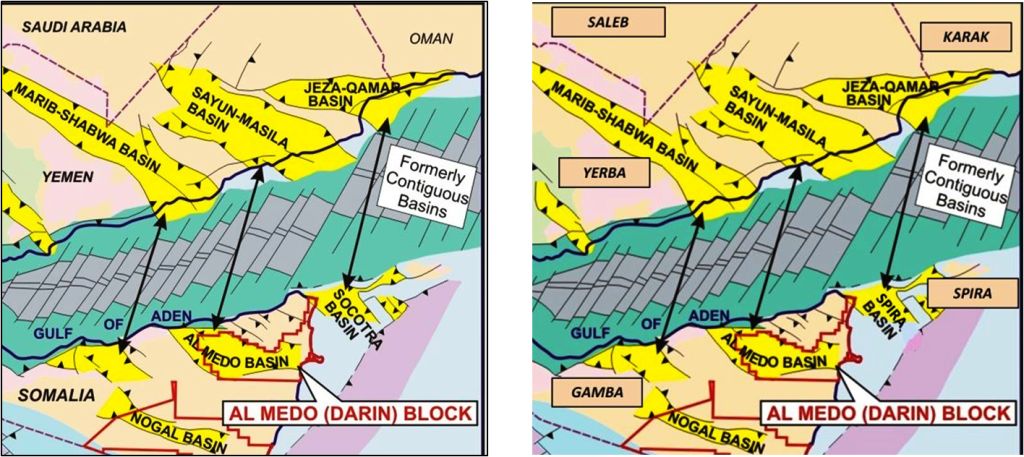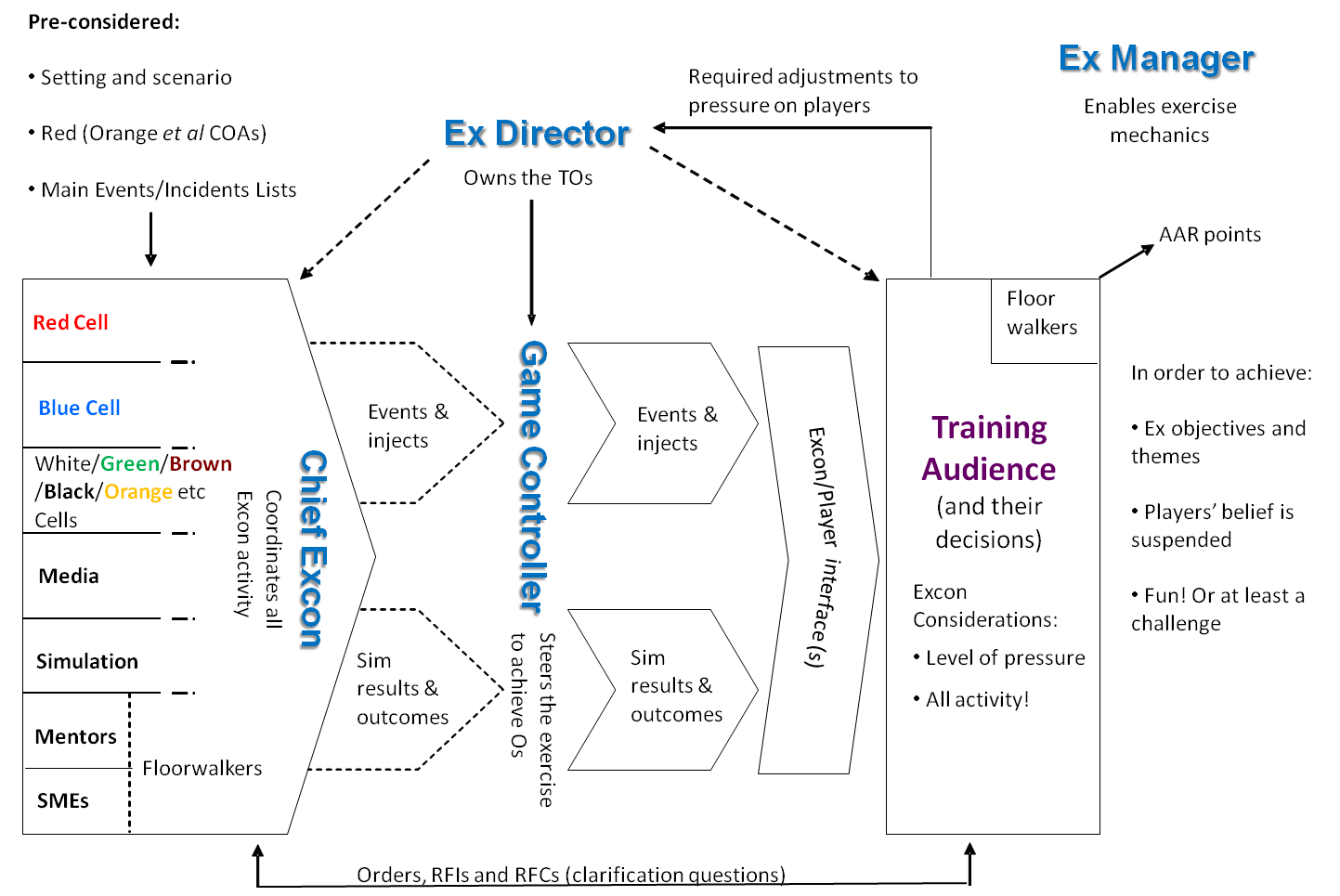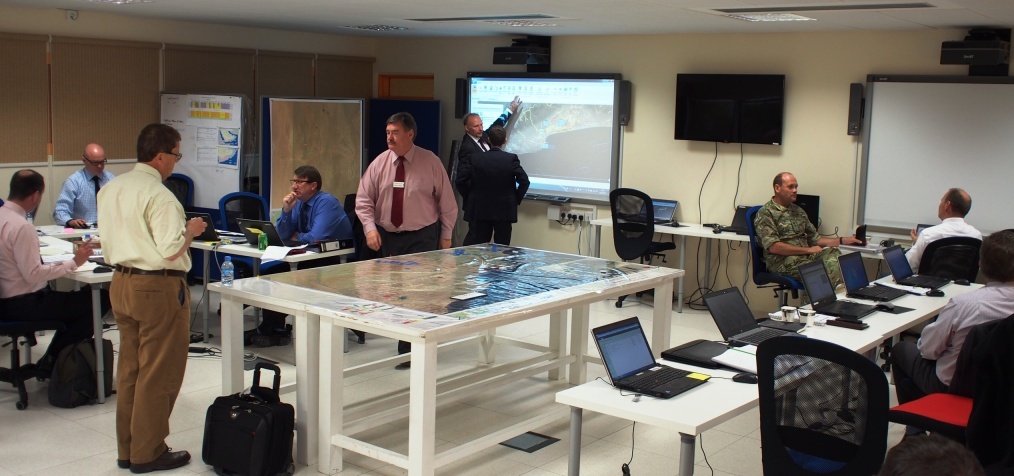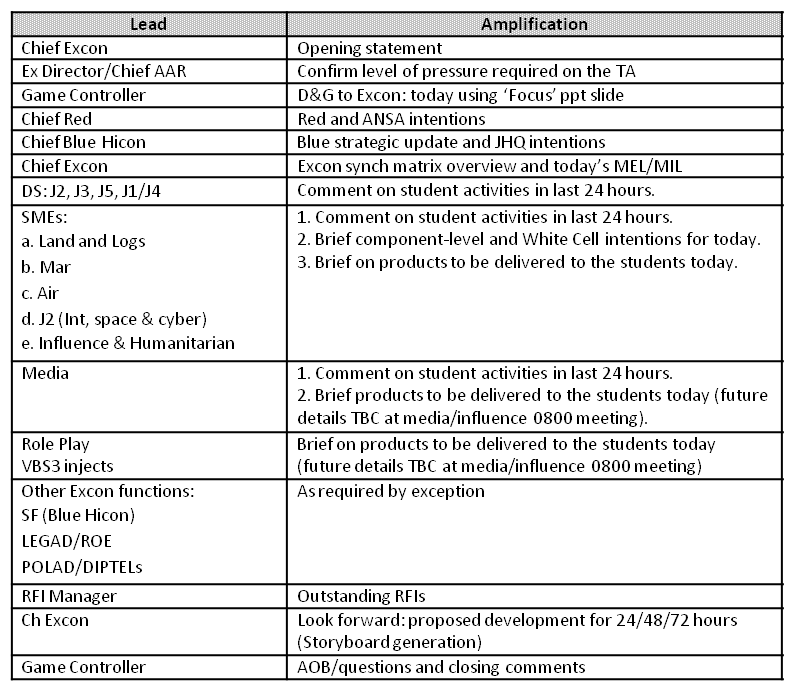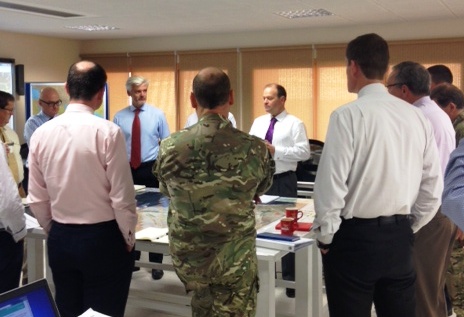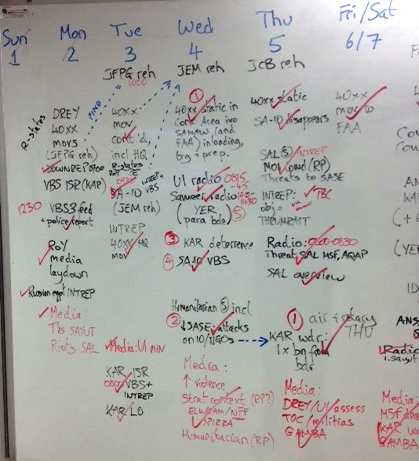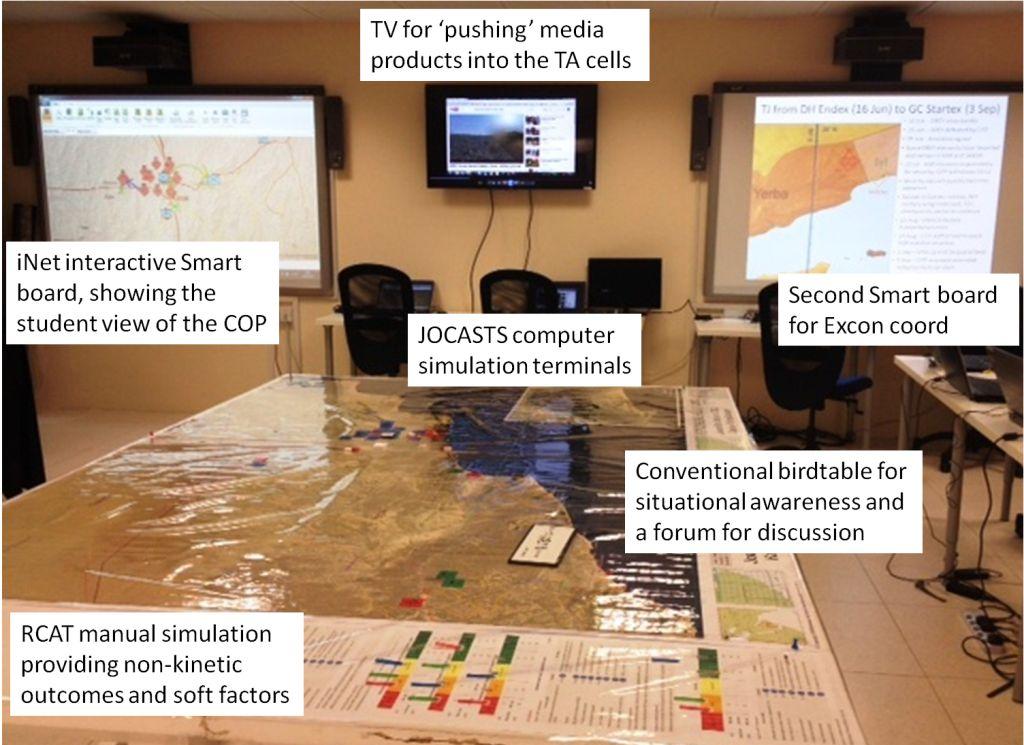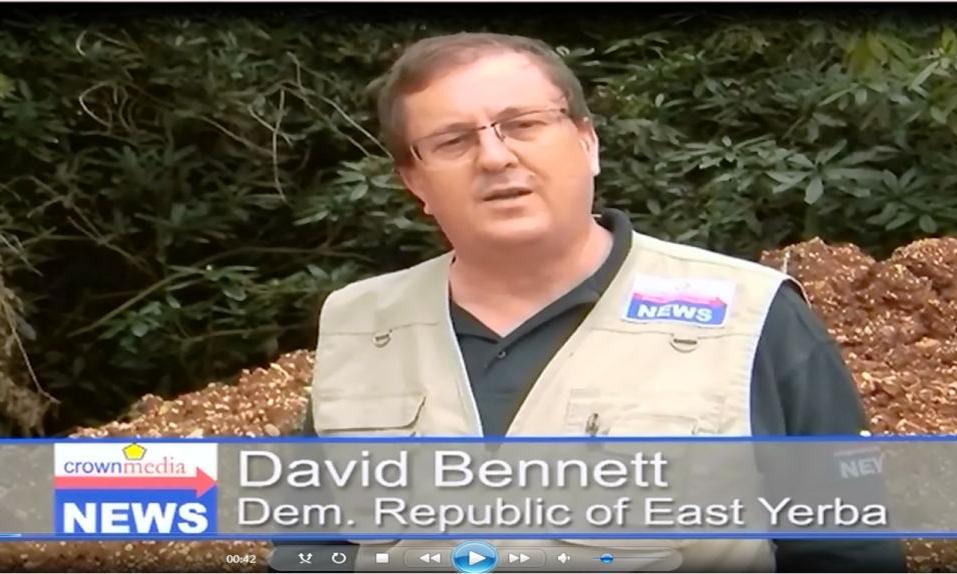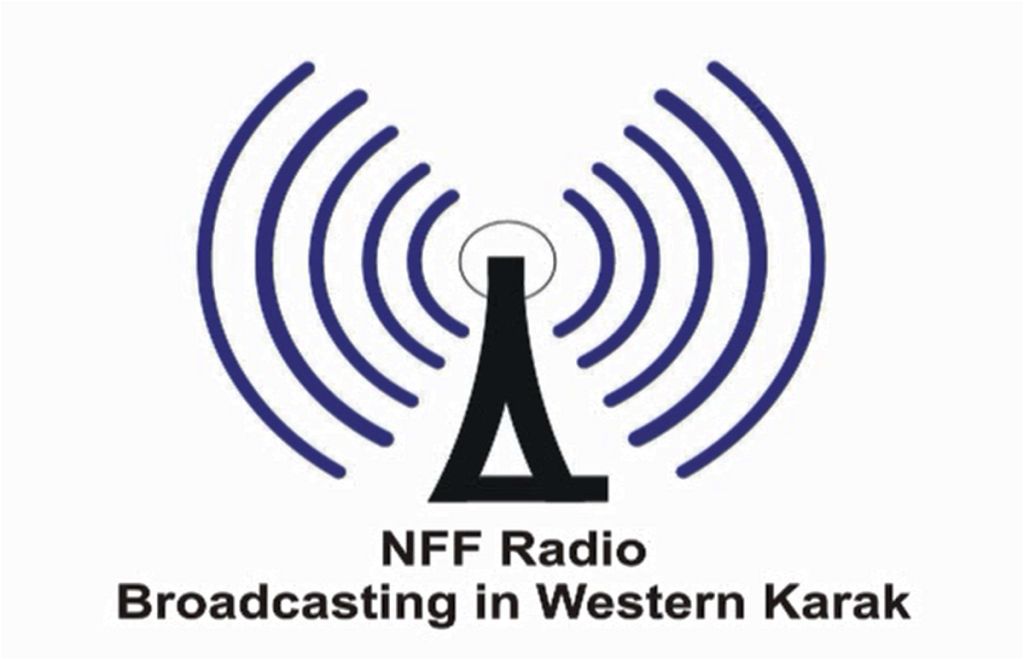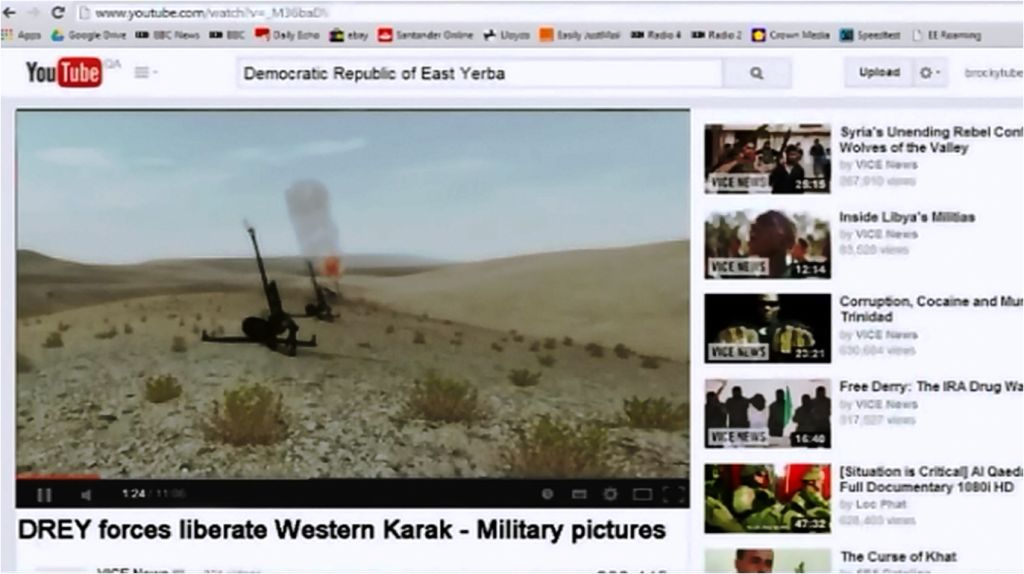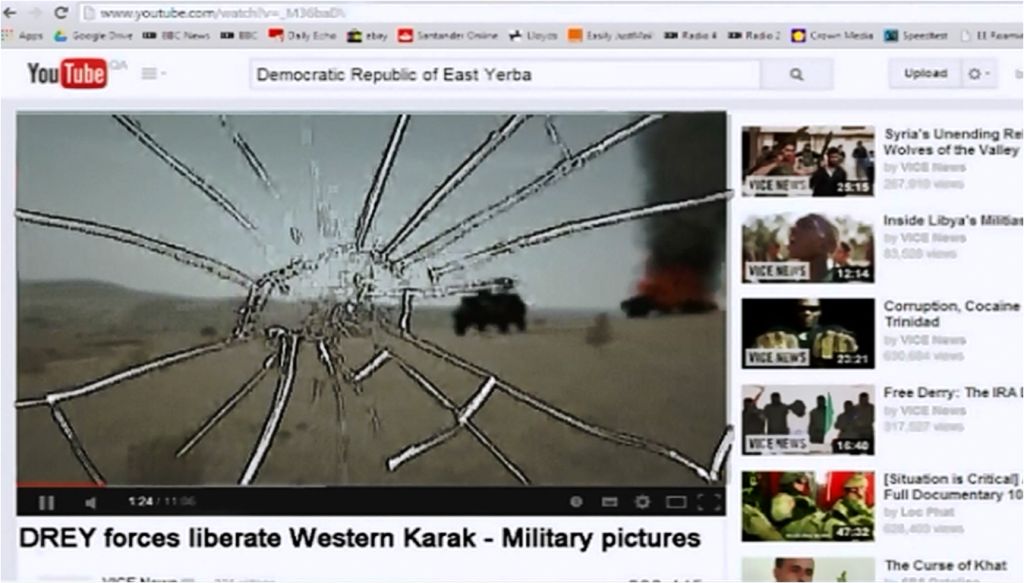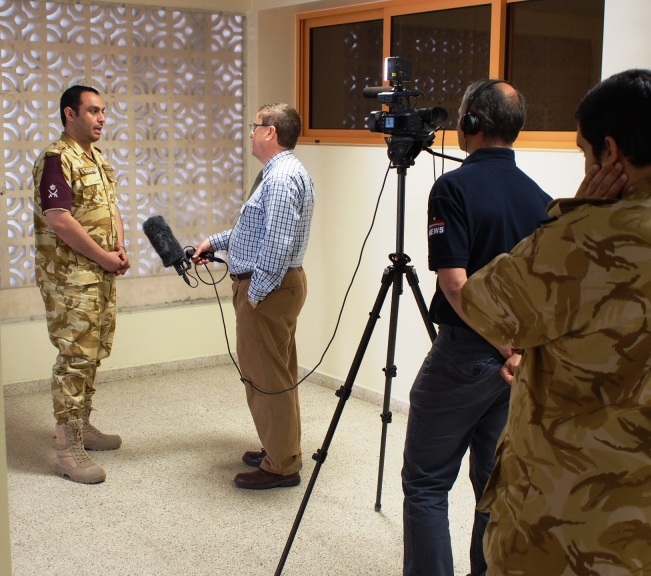Designing, developing and delivering a computer assisted training wargame working from a completely blank piece of paper is a rare opportunity. The following ‘worked example’ takes you from that blank piece of paper to the delivered Simulation-Supported Exercise (SIMEx). An overview of the complete process is below.
Design
The training wargame design steps are shown below. This is predicated well-considered Training Objectives (TOs) available. It is amazing how often I ask for these to find that no-one knows what they are!
Training Wargame Design Steps:
1. Specify the exercise Aim and TOs.
2. Identify the people to be trained, their roles and the decisions they will be expected to make.
3. Determine the desired effects on the players, and the exercise activities required to achieve these.
4, Determine the setting, scenario and types, level and sources of information the players will need to make their decisions and to enable the TOs to be achieved.
5. Identify the structures and processes required to achieve Steps 3 & 4.
6. Identify or design the tools, technology and SMEs needed to populate and enable these structures and processes.
7. Create an audit trail by documenting all decisions taken and the reasons for them.
The steps are self-explanatory. Apparently simple, it is important to consider each comprehensively. We did this in a week-long ‘Design Workshop’ in Qatar in July 2013. An example of the output, using a Staff College-style 3-colum format, is below. Done properly, do not expect a design workshop to take less than a day – plus the write-up.
Note:
Along with significant project management outputs, the Design Workshop write-up formed the basis of Step 7. This shaped all subsequent development and the actions must be extracted and managed. Among other things, the Design Workshop identified the setting and scenario parameters, and these were then written during the development phase.
Training wargame development steps are:
1. Validate the scenario, simulation model(s) and data to ensure these support the exercise aim and TOs. If fictionalised, these must also be sufficiently realistic to allow participants to ‘suspend disbelief’ and become immersed in the environment.
2. Play-test the technology, especially the simulation(s); try to break them. Ensure that the simulations contain the correct level of detail and are playable in accordance with the exercise level, timeline etc. Capture all Lessons Learned (LL).
3. Play-test the exercise processes. This is the principal testing of the procedures that will make or break the exercise. Rehearse the staff in their game roles, preferably in a mini game. Capture all LL.
4. Prepare the final rules and exercise instructions, incorporating any LL from steps 2 and 3 of the development stage.
5. Create an audit trail by documenting all decisions taken and the reasons for them.
Scenario development was enabled using a process described in detail here. A photo of this being developed is shown below:
Fictionalised setting and scenario development process
We used the NATO guidance on scenario content as a baseline to ensure we had covered everything. For reference, the six NATO scenario modules are:
1. Geo-strategic situation.
2. Theatre of operations info.
3. Strategic Initiation documents, including a ‘Road to Crisis’.
4. Crisis Response Planning information.
5. Force Activation and Deployment orders and information.
6. Execution and Startex documents and MEL/MIL.
All material was uploaded to an NSC-hosted Collaborative Working Environment (CWE) to enable joint working between us (UK) and Serco (Qatar).
Note step 10 on the white board photo: ‘identify real-world parallels as a start point’. Although fictionalised to avoid sensitivities, the closer the setting and scenario can comfortably be made to the real world the better. This helps TA understanding and assimilation, makes everything more believable and eases production of Excon injects. An example is below: oil was the underlying causus belli and so real-world fields were exclusively used. Country and tribe names were changed, but not town or provinces; to do so would require major geo-data manipulation.
The SIMEx would ultimately be delivered using constructive and virtual computer simulations over a distributed network, with media broadcasts etc. However, manual prototyping was used extensively in developing the scenario (particularly to determine the balance of forces and storyboarding). A traditional birdtable featured throughout. Manual prototyping photos are shown below.
Manual prototyping and storyboarding in progress. Counters show factors for force ratio calculations and computer simulation-generated CE reductions
The ‘End of Thrumrait battle’ photograph shows counters annotated with combat factors top left and Combat Effectiveness (CE) top right. The combat factors were used to conduct OA-style force ratio calculation to give an initial balance of forces overview. This was then cycled through the Joint Operations Command and Staff Training System (JOCASTS) computer simulation to provide an indication of likely combat outcomes. The CE numbers top right show the JOCASTS outcomes after 12 hours of combat.
It is much faster to conduct initial development using physical prototyping rather than building and re-building endless computer ORBATs and data bases. Similarly, storyboarding is best done using a traditional birdtable and whiteboards.
None of this implies that the exercise narrative is pre-determined. The Training Audience (TA) must see their decisions being enacted and face the consequences of these. Hence the scenario development must deliver a situation in which TA decisions and plans can be executed within certain parameters; a ‘possibility space’ within which the TA are free to make their own decisions. If the TA think they are bystanders watching a pre-determined situation unfolding then they will not engage with the exercise and the massive benefits of active learning will not be realised.
Play-testing is critical, and culminated in a Test Exercise (Testex). The aim of play-testing is to stress everything to destruction! Try to break things, identify weaknesses, and then put everything back together again. The ‘so what’ is that, in order to test them, all aspects of the exercise should be as complete as possible prior to play-testing. Furthermore, the Testex must take place in situ in the actual exercise location; otherwise it s a planning meeting, not a Testex. We conducted a two-week Testex in Qatar, testing the setting and scenario and all aspects of the technology, including information flows such as e-mail and Requests for Information(RFIs). One week can suffice, but never less for a major staff college-style wargame.
Angus Welch, NSC Project Manager, usefully pointing out the IT equipment!
One aspect often overlooked during Testex is TA HQ and Exercise Control (Excon) battle rhythms. During Testex these should be run in parallel over the busiest 24-hour exercise period to ensure they dovetail. You do not have to run through every board and meeting in detail, but key events should be talked through to confirm timings, attendees, terms of reference, agendas, outputs and so forth. The TA battle rhythm takes priority; Excon must fit around this.
Expect to find faults during Testex; that is its purpose. However, while refinements will be made to all aspects of the final wargame, ‘show-stoppers’ will only arise if the previous design and development steps have not be conducted properly.
Execution
Where the rubber hits the road! Execution steps are:
1. Conduct simulation and systems set-up.
2. Conduct user training as required.
3. Conduct pre-exercise and STARTEX briefs for Excon staff and TA.
4. Conduct the exercise.
5. Conduct the After Action Review (AAR).
6. Collect and collate LL throughout for the validation and refinement phases.
Startex briefs play a critical role in ensuring all participants have sufficient situational awareness to launch the exercise. Exercise paperwork should be issued in sufficient time to allow the TA to read in. Ours included an aide-memoire with a Glossary of Terms and map that had been used to hold a quiz night with the students by way of scenario assimilation a week before Startex.
An often-forgotten element of Startex briefs is the ‘invitation to play’, which encourages the TA to suspend disbelief and step inside the ‘magic circle’ of the exercise setting. Think of the invitation to play as the curtain going up at the theatre. Crown Media produced both a 60-second high-impact montage of video clips that we showed in conjunction with dates and (fictionalised) place names, highlighting the growing tensions in the Area of Operations (AO). The Startex brief followed, and concluded with a detailed 15-minute news round-up.
.
Excon was organised conventionally, as shown below. More details can be found here. The Ex Director was the British Army Loan Service (LS) Director of Studies, who also played the Combined Joint Task Force Commander and was able to steer the TA if required. The Game Controller is the ‘conductor of the orchestra’ and was the Serco DS Writing Team Leader (WTL). The remaining Serco DS acted in their normal role, tutoring the TA. The key After Action Review function was organised by the second British Army LS officer. Chief Excon and all other Excon staff and Subject Matter Experts (SMEs) were provided by NSC as a ‘Managed Service’, along with the simulations, e-mail and other IT elements.
Dovetailing the Excon and TA battle rhythms was crucial. Excon coord meetings ensure the coherence and credibility of all products and injects presented to the TA, irrespective of the means or interface. Any inconsistencies or contradictions detract from the ‘reality’ of the situation and threaten the TA ‘suspension of disbelief’. This matters, and should be avoided if at all possible. We held two primary Excon Coord meetings each day, at 0700 and 1600 with a specific media/influence meeting to go into more detail in those areas. The aim of the 0700 Excon Direction and Guidance (D&G) Meeting is to allow the Ex Director, usually via the Game Controller, to provide Excon and support personnel with D&G for today’s and subsequent SIMEx progression and to confirm the detail of all scenario play, injects and media. The 0700 agenda was:
.
The aim of the 1600 Excon Adjudication Meeting is to review and adjudicate the output of the JOCASTS cycle prior to the Common Operating Picture (COP) being released to the players the following morning.
We used a simple whiteboard approach to manage MEL/MIL, supplemented by a spreadsheet on which all the events and injects were recorded in detail. This is a good example of combining a manual approach with IT: the whiteboard was used to brief at meetings and allowed everyone to quickly see what was coming up, while the spreadsheet contained event and inject detail. Having all MEL/MIL for the entire exercise available at a glance allowed people to see where we were in the storyboard and where each event and inject fitted into the whole.
The same complementary approach between manual and computer systems was applied. The photo below shows some of those used, which are briefly explained underneath:
So what sort of products did Excon produce? As well as standard RFI answers, Reports and Returns (R2) etc, we tried to stimulate the TA in as many ways as possible, using multi-sensory media. Hence the products that helped build the ‘magic circle’ and keep the TA within it included:
A Common Operations Picture (COP), adjudicated the day before and released every morning in time to be incorporated into the AM Update brief. This was distributed using iNet, NSC’s C2 look-alike system (see photo below). In an educational context (most Staff College wargames), a once- or twice-daily COP update is sufficient, especially with a TA working at the operational level. Using a real-time COP results in a ‘Nintendo effect’ whereby the TA become fixated with the unfolding picture at the tactical level, and do not maintain the correct planning horizon. The TA can interrogate COP (iNet) APP-6 icons for more detail, including textual information giving, for example, numbers of IDPs at a camp.
The iNet COP was sTimulated by JOCASTS, the computer simulation. JOCASTS outcomes were adjudicated by Excon and, where necessary, amendments made to ensure the resulting COP satisfied the TOs and the Game Controller’s D&G. As it transpired, no changes to the JOCASTS results were necessary because the balance of forces had been carefully considered and possible TA decisions anticipated.
TV media, planned 48 hours ahead and produced the day before for the AM Update plus various ad hoc injects.
Radio broadcasts, which could be produced quickly, ‘pushed’ centrally into TA HQ cells and reinforced by Open Source Intelligence (OSINT) Reports.
Virtual Battle Space (VBS) 3 virtual clips, primarily showing military products such as recce footage and UAS down-link. Some VBS 3 product was dropped into a YouTube ‘wrap-around’ as Red (enemy) messaging; some stills from this are below.
Role-play, conducted with KCL academics, support staff and anyone else we could drag in! This added yet another facet to the wargame and exercised the TA is other vital aspects of running a CJTFHQ. Initially scripted, people soon got into role and the Combined, Joint, Inter-governmental, Inter-agency and Multinational (CJIIM) meetings during the stabilisation part of the exercise developed a life of their own. The Karak Chief of Police played a central role, appearing on radio, TV and then in person – until he was brutally murdered, a fact reported in gory detail on YouTube.
SME feedback. We had a full complement of SMEs, for each environment and exercise theme (e.g. stabilisation, staff processes etc). Beyond tutoring the TA, these SMEs played a vital role in prompting the TA ‘as’ the Stabilisation Advisor, or whatever.
Media interviews. Another really beneficial aspect of active learning experiential wargaming is the chance to appear in front of the camera.
And that’s where the story ends, for the time being. We have just finished the SIMEx and validation has yet to take place. The Validation and Refinement steps are outlined below.
Validation
1. Analyse all LL and feedback for internal and external validation.
2. Produce the Post Exercise Report (PXR).
Refinement
1. Incorporate feedback from LL analysis and the PXR into subsequent exercise planning, preparation and development phases, as applicable.
2. Create an audit trail by documenting decisions taken and the reasons why.
Summary
A wargame such as the Qatar JBJJCSC SIMEx provides the TA with a wonderful active learning opportunity.
I hear and I forget; I see and I remember; I do and I understand.
The wargame experience allowed the TA to ‘do’. To see how well they engaged, and how much they gained, was a joy.


